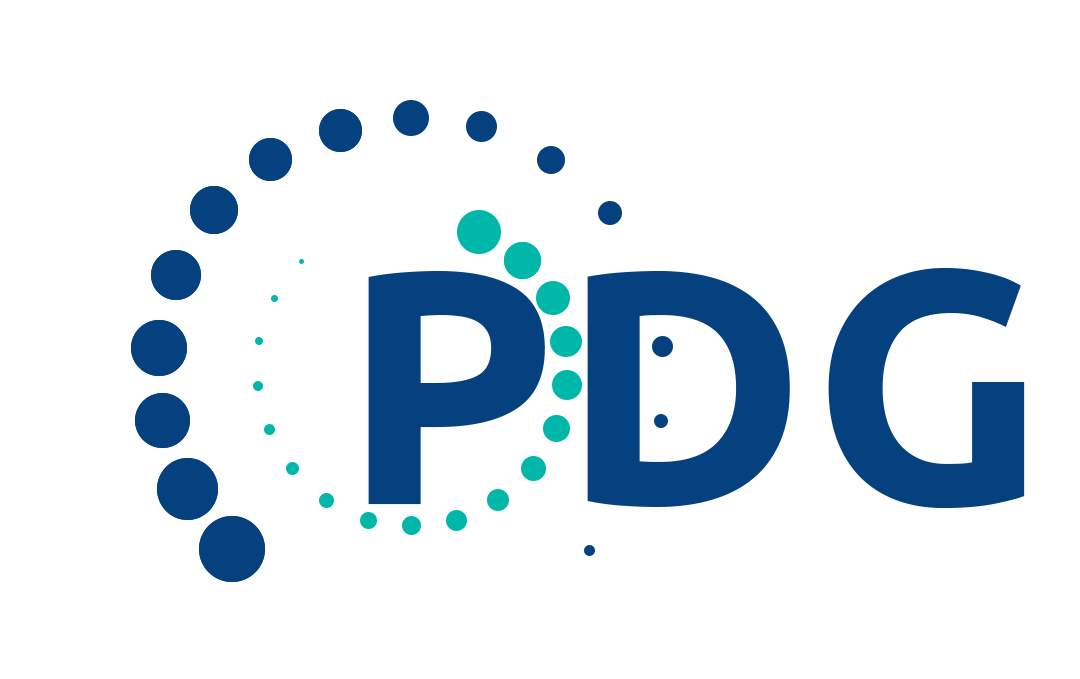For machine learning engineers, developing accurate and reliable models is a top priority. However, a model’s performance on training data does not guarantee efficacy in production environments. Proper validation techniques like train-test splits and k-fold cross-validation are essential for reducing overfitting, ensuring generalizability, and building trust in machine learning systems. In this post, we will dive into validation strategies to create robust models that reliably perform on real-world data.
The Risks of Insufficient Model Validation
Without rigorous validation, machine learning models risk being misleading, unpredictable, or downright dangerous when deployed. Overly complex models can easily overfit the nuances and noise in the training data. They will then fail to generalize to new, real-world data. Deploying such unreliable models violates user trust and ethical AI principles.
Insufficient validation also provides no transparency into how models will perform post-deployment. This results in nasty surprises, PR nightmares, and potentially harmful model behavior. Proper validation is key to developing dependable machine learning systems.
Splitting Data into Training and Validation Sets
The first crucial step is splitting the source data into disjoint training and validation/testing sets. The training set is used to iterate and optimize machine learning models. However, assessing performance solely on training data provides an overly optimistic view.
The held-out validation set simulates real-world conditions to objectively assess model performance. A typical split is 80/20 or 70/30 for training vs. validation/testing. The validation set must adhere to the same distribution as production data.
K-Fold Cross-Validation Reduces Variability
For small datasets, k-fold cross-validation further improves the validation process. The training data is split into k distinct subsets or folds. The model is then trained and validated k times, each time holding out a different fold for validation.
Model performance is averaged across the folds to reduce variability caused by the specific subsets used. Typically 5 or 10 folds are used for cross-validation. This provides a more robust measure of model performance. The cross-validation process can also be used for hyperparameter tuning to avoid overfitting to the validation set.
Independent Test Set for Final Model Evaluation
After selecting the optimal model configuration and hyperparameters based on cross-validation results, do a final performance evaluation on the held-out test set. Never directly tune models to this test set before the final evaluation. It provides an unbiased estimate of real-world performance since the test set is unseen during all tuning and optimization.
Detecting Overfitting
A clear sign of overfitting is when model performance on training data far exceeds its validation/test performance. The gap indicates the model is learning intricacies and noise specific to the training data that do not generalize to new data.
Simpler models are preferred over complex ones if they demonstrate better validation metrics at the cost of marginally lower training performance.
Assessing Model Reliability
Well-validated models will show consistent performance across different splits of the data into training and validation sets. Models exhibiting high variability in validation outcomes likely have high sensitivity to the exact samples present in each fold or subset.
Models with stable validation metrics across folds and runs are preferred for deployment. Rigorous validation practices like cross-validation are pivotal for developing robust machine learning systems that reliably generalize outside of training data. They surface overfitting issues and provide transparency into real-world efficacy.
Make validation a core part of the machine learning workflow, not an afterthought. Applying sound validation methodology leads to dependable models that earn user trust in production environments.





